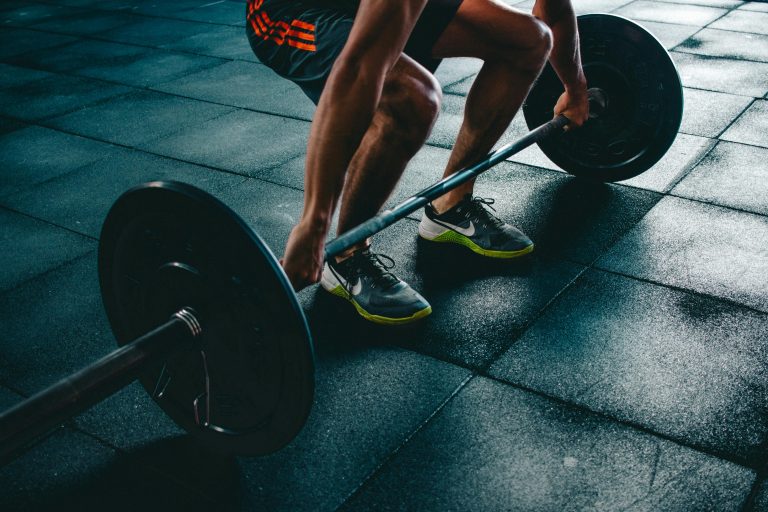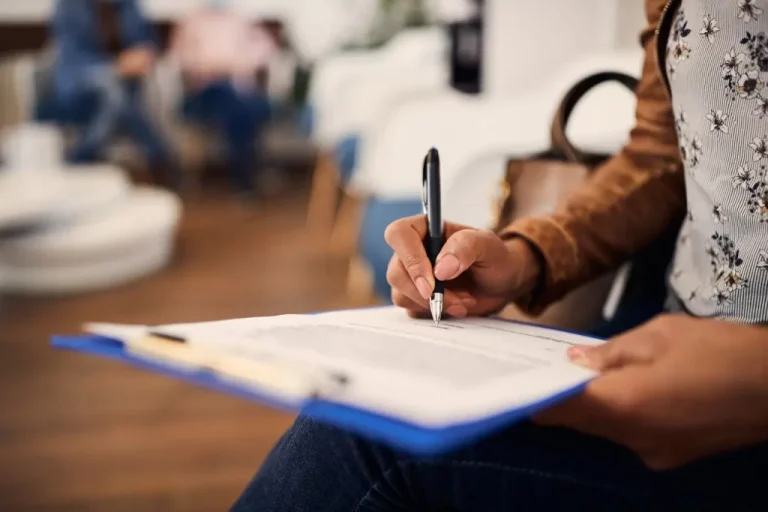
Can Sports Be Used As an Educational Activity
*** Can Sports Be Used As an Educational Activity *** Yes, sports can be used as an educational activity. They teach valuable life skills and promote physical health.
Sports offer a unique blend of physical exercise and educational benefits. They instill discipline, teamwork, and leadership skills, essential for personal development. Engaging in sports helps students learn time management, goal setting, and perseverance. Physical activities also improve mental health, reducing stress and anxiety.
Schools that incorporate sports into their curriculum often see improved academic performance and student engagement. Sports provide a practical learning environment, making theoretical concepts easier to grasp.
They also foster social interactions and community building, important for holistic development. Overall, integrating sports into education creates well-rounded individuals prepared for future challenges.
Introduction To Sports In Education
Sports have been part of education for many years. Ancient Greeks included sports in schools. They believed sports helped in physical and mental growth. In the 19th century, schools in Europe and America added sports to their programs. These activities were thought to build character and teamwork.
Today, schools use sports to teach important life skills. Kids learn about teamwork, discipline, and goal-setting. Schools offer a variety of sports like soccer, basketball, and swimming. Many schools also have after-school sports programs. These programs keep kids active and engaged.
Benefits Of Sports In Education
Sports can enhance educational experiences by improving physical health, fostering teamwork, and boosting academic performance. Engaging in sports develops discipline, leadership skills, and resilience among students.
Physical Health
Playing sports helps kids stay active and fit. It makes their muscles and bones stronger. Regular exercise can reduce the risk of obesity and heart disease. Kids who play sports often have better coordination and balance. They also learn about the importance of a healthy lifestyle.
Mental Well-being
Sports can improve mental health by reducing stress and anxiety. Playing with friends can boost mood and make kids feel happy. Team sports teach kids about teamwork and communication. They also help build confidence and self-esteem. Kids learn to handle wins and losses, which helps them in life.
Academic Performance
Sports can enhance academic performance by improving focus, discipline, and teamwork skills. Integrating sports into education fosters holistic development and better engagement.
Cognitive Skills
Sports help students develop critical thinking skills. Playing sports makes the brain work faster. Students who play sports often perform better in math and science. Physical activities boost brain function. This leads to better problem-solving abilities.
Concentration And Focus
Children who play sports have better concentration. They learn to stay focused on their goals. Sports require attention to detail. This helps in school too. Students who are active in sports can pay attention in class for longer periods. They are less likely to get distracted. Better focus leads to better academic performance.
Life Skills Development
Sports encourage players to work together. Each team member learns to communicate effectively. Sharing tasks helps in achieving common goals. Cooperation is key in many sports activities. Children learn to trust and rely on each other. This fosters a sense of unity and belonging. Teamwork builds friendships and mutual respect.
Sports provide opportunities to take charge. Young athletes often step up as leaders. Leadership teaches decision-making and problem-solving skills. Players learn to take responsibility for their actions. They understand the importance of fair play and honesty. Leading a team boosts confidence and self-esteem. Responsibility in sports extends beyond the field.
Read More
Is It Safe to Play Sports While Pregnant? : Expert Insights
Social Inclusion
Sports help kids make new friends. Playing together creates strong bonds. They learn to trust each other. Teamwork builds respect and understanding. Kids feel part of a group.
Sports bring kids from different backgrounds together. They learn about different cultures. This makes them more open-minded. They see that everyone is equal. Differences become strengths.
Challenges And Barriers
Schools often face budget constraints. This means fewer sports facilities and equipment. Many schools lack proper fields or gyms. Some even miss basic gear like balls and nets. Hiring trained coaches can be costly. This makes it hard for students to get quality training.
Limited resources also affect the number of sports offered. Smaller schools might only have one or two sports programs. This limits student choices and participation.
Students must manage both studies and sports practice. This can be stressful. They need to plan their time well. Too much focus on sports can affect grades. Some students may neglect homework. Teachers and coaches should work together.
They can help students find a balance. Encouraging good time management is key. Parents can also play a supportive role. They should ensure their kids prioritize both academics and sports.
Case Studies
Many schools have integrated sports into their curriculum. These programs show positive results. Students learn teamwork and discipline. They also improve their physical health. One example is a program in New York City. It combines soccer with math lessons. Kids learn math concepts through the game. This method makes learning fun and effective.
Successful programs share common features. They focus on both physical and mental growth. Instructors are trained in both sports and teaching. Programs are designed to be inclusive. All students can participate, regardless of skill level. The activities are engaging and enjoyable. Kids are more likely to stay active and learn. Positive reinforcement is key. It helps build confidence and motivation.
Future Directions
Exploring sports as an educational activity opens new avenues for learning and personal development. Integrating physical activities into curricula enhances teamwork, discipline, and cognitive skills. Future directions could focus on developing specialized programs that combine academic and athletic training for holistic student growth.
Innovative Approaches
Sports can teach many valuable skills. Teamwork is one important skill. Leadership is another. Physical fitness is also a benefit. New ways to integrate sports into education can help. Technology can play a role. Virtual reality can offer new experiences. Interactive games can make learning fun. Combining sports and education can motivate students. It can also keep them engaged.
Policy Recommendations
Schools should have sports programs. Policies can support this. Funding is necessary for equipment and training. Teachers should receive special training. Community partnerships can help. Local sports clubs can offer support. Government should also play a role. Policies can ensure equal access for all. Girls and boys should have the same opportunities. Sports should be a part of the curriculum. This can enhance the learning experience.
Conclusion
Sports serve as an exceptional educational tool, promoting physical health, teamwork, and discipline. They encourage critical thinking and problem-solving skills. Integrating sports into education fosters well-rounded development. It prepares students for future challenges, both academically and socially. Embrace sports in educational settings to nurture holistic growth and lifelong learning.






